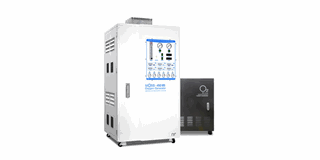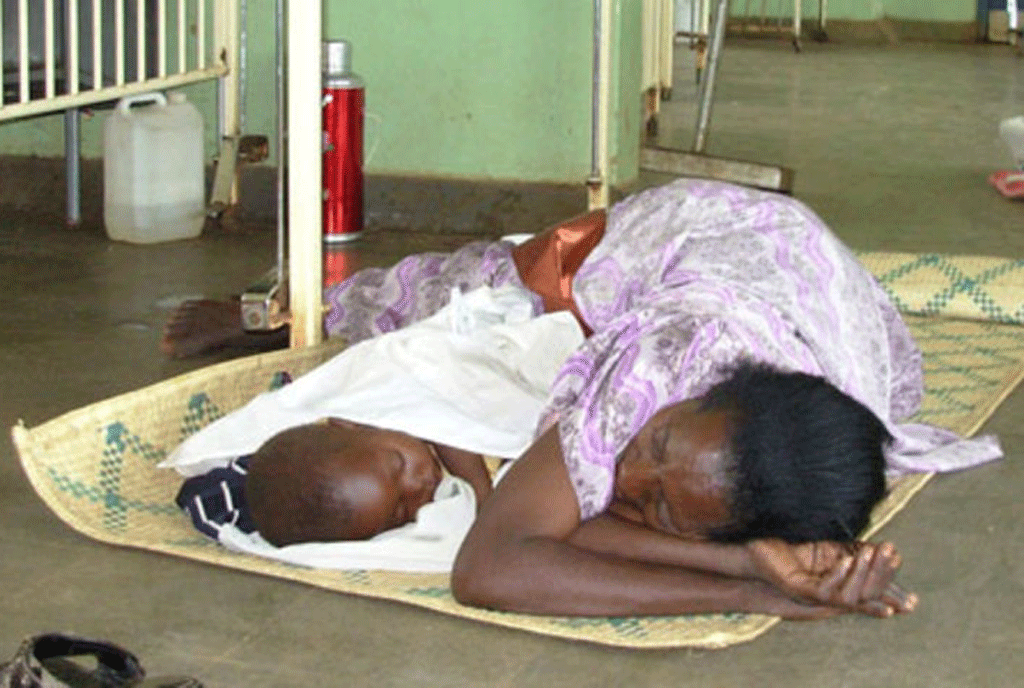Prime
Govt introduces new technology to replace oxygen cylinders

The oxygen generator. Each machine costs about Shs113 million. PHOTO/COURTESY
What you need to know:
- 15: Number of years an oxygen generator can last with no risk of explosion, unlike oxygen cylinders.
The government has introduced oxygen generators to replace oxygen cylinders in hospitals for emergency medical care, thus cutting costs.
The oxygen generator captures air from the hospital environment, compresses it and separates the gases in the air before supplying high-purity medical oxygen to patients.
Bobi Wine: About the state of our healthcare system
Mr Silvio Abiria, the principal nursing officer of Kawolo General Hospital in Lugazi, a facility that uses about eight oxygen cylinders per week, said the new technology, which was installed last month, has eased work.
“The oxygen from the machine has already been connected to the wards. It is reducing the costs of getting these cylinders that we were previously going out to buy. It is already improving the quality of care,” he said yesterday.
Mr Haruna Wamala, the hospital administrator, said although the machine works well, it was still too early to rate its efficiency because it was installed a few weeks ago.
Mr Tadeo Byabagambi, a biomedical engineer at the Ministry of Health, said they plan to extend the machines to other hospitals as the government avails the funds.
Mr George Otim, the commissioner for infrastructure at the ministry, told this newspaper yesterday that all regional referral hospitals can now produce their own oxygen, except Yumbe.
“Yumbe [General] Hospital has [recently] been upgraded to a regional referral hospital, so we are still completing the installation process,” he said.
We couldn’t independently verify this by press time. Oxygen gives our cells the ability to break down food nutrients to get the energy we need to survive. It is needed for a wide range of patients beyond the confines of Covid-19.
Mr Twaha Matovu, the managing director of Atlantis Consults Company Limited, the firm that donated the oxygen generator at Kawolo, said each machine costs around $30,000 (Shs113m).
He said the machine, which is the size of a refrigerator, consumes very small space and has a life span of about 15 years with no risk of explosion, unlike the oxygen cylinders.
“The technology is from South Korea and it stands to contribute greatly and positively to the Ugandan health facilities,” he said.
However, Mr Matovu said the machine requires periodic repairs and cleaning every after three months. He said it produces oxygen that is equivalent to 14 oxygen cylinders, each day.
A 70-kilogramme oxygen cylinder, which costs around Shs1.03m, has 6,800 litres of oxygen. It lasts two and half hours at a flow rate of 45 litres per minute for a critically ill patient.
Refilling the cylinder is Shs35,000, excluding the transportation costs.
The shortfalls in oxygen production and supply in the country came to light during Covid-19 when patients died in hospitals as a result of the shortages of substandard quality.
In June last year, this newspaper revealed that at least 30 Covid-19 patients were reported by highly placed sources to have died at Mulago National Referral Hospital in one night after the facility’s oxygen supply malfunctioned.
But Mulago denied the report, terming it as malicious. However, the management has been working to improve the gaps in oxygen supply at the facility.
Dr Diana Atwine, the Permanent Secretary at the Ministry of Health, said last month they had successfully installed a 16,000-litre cryogenic oxygen tank in Mulago National Referral Hospital to ensure a constant supply of oxygen in the hospital.
“The other installation is a 60,000 litres cryogenic tank at the National Medical Stores to ensure reliable access to medical grade oxygen to facilities across the country,” she said.
Cryogenic tanks store natural gases such as oxygen at the correct temperature and pressure, according to scientists, an essential requirement that can minimise deaths.




